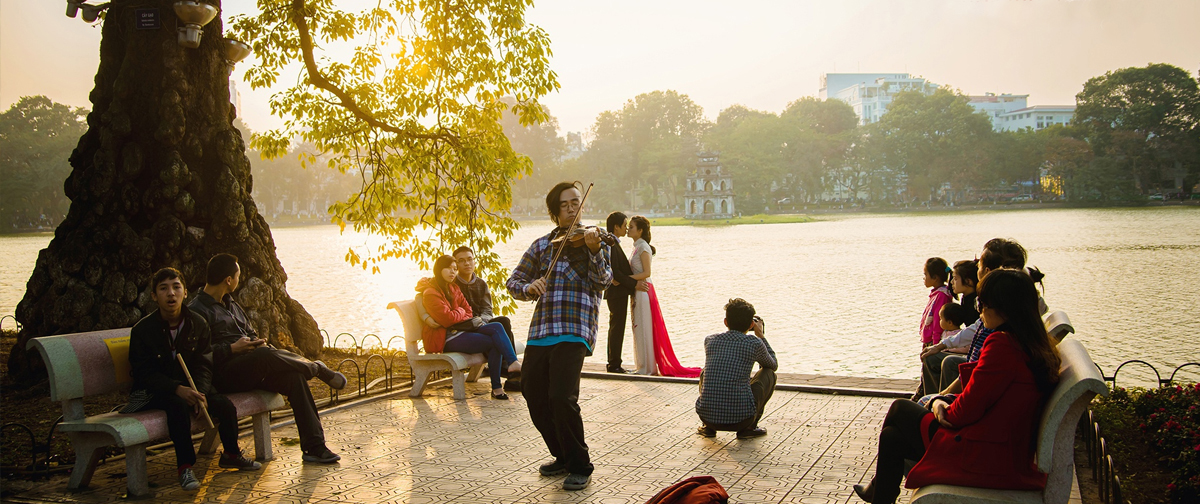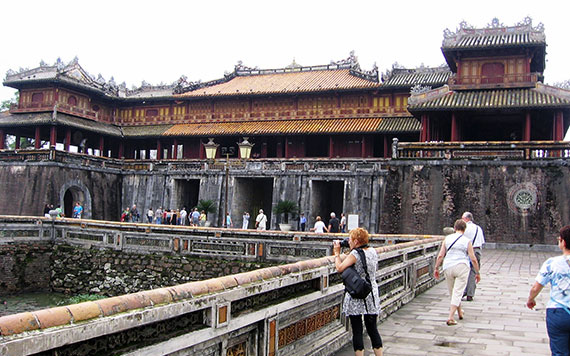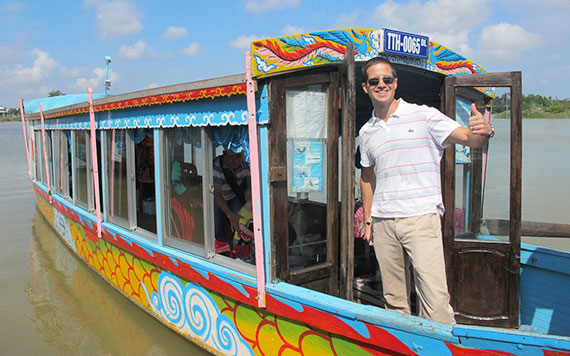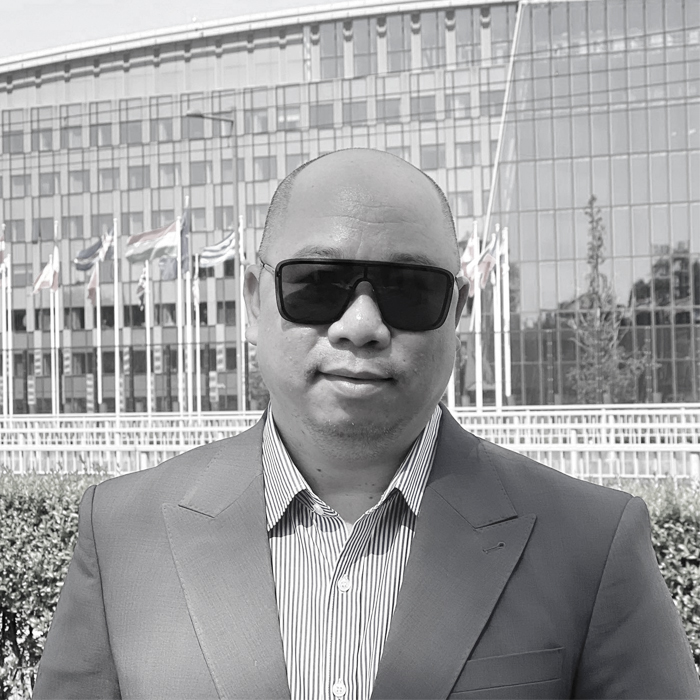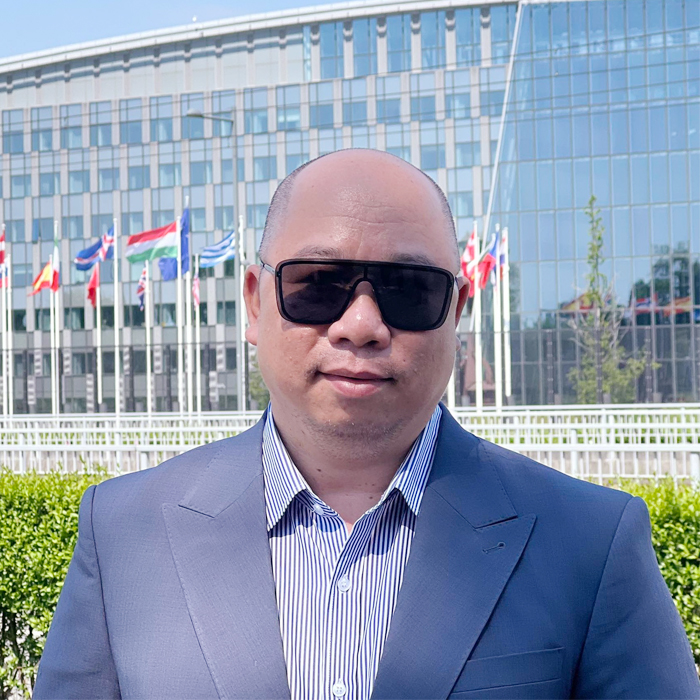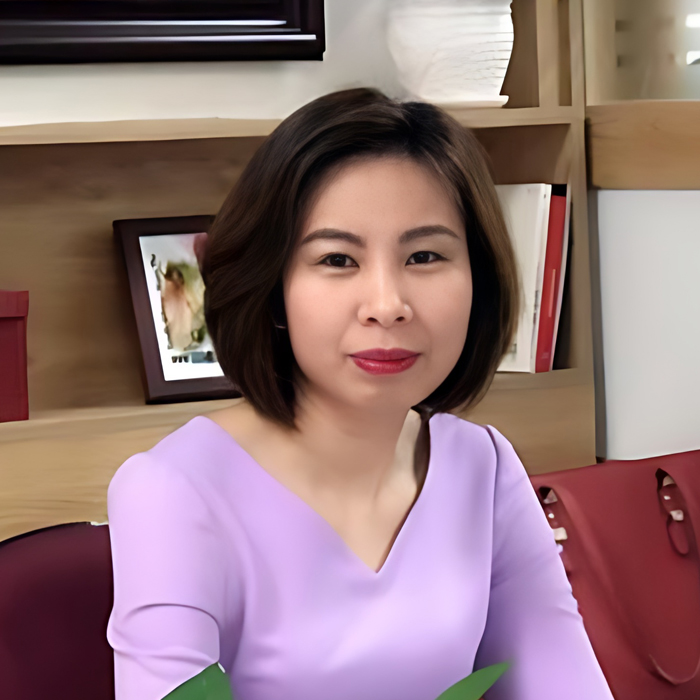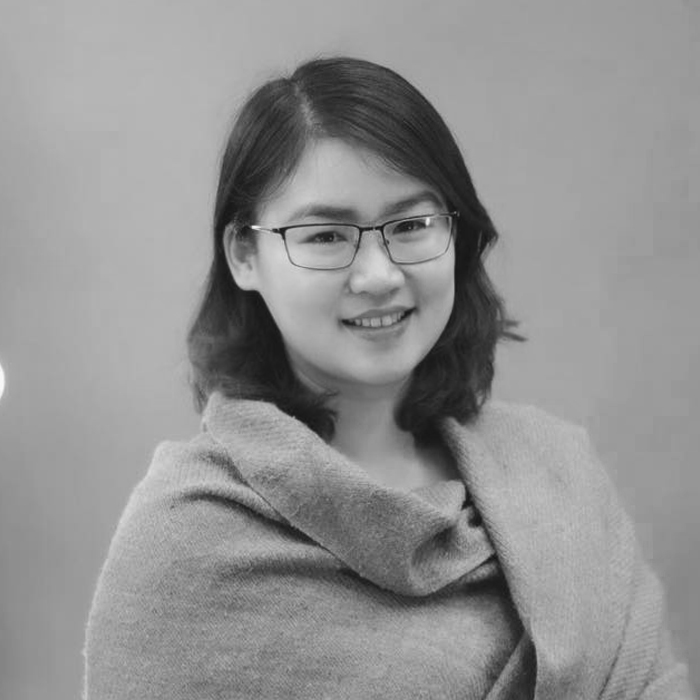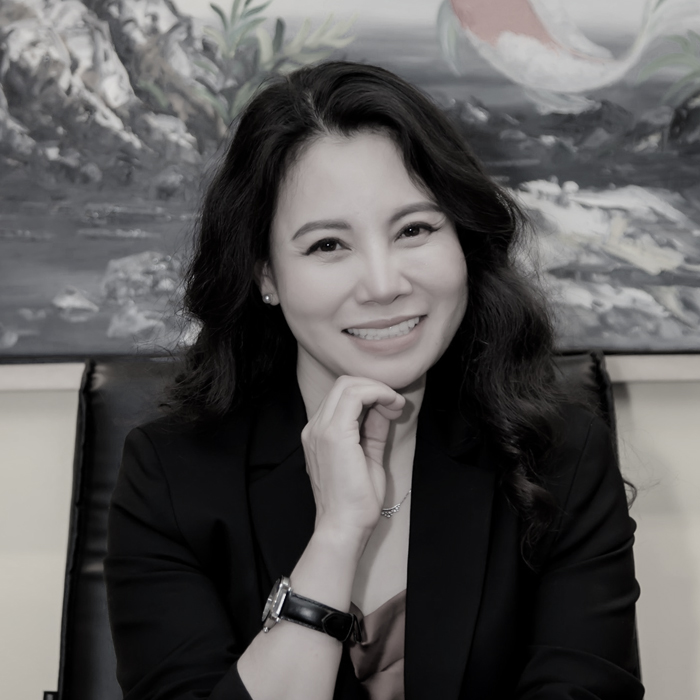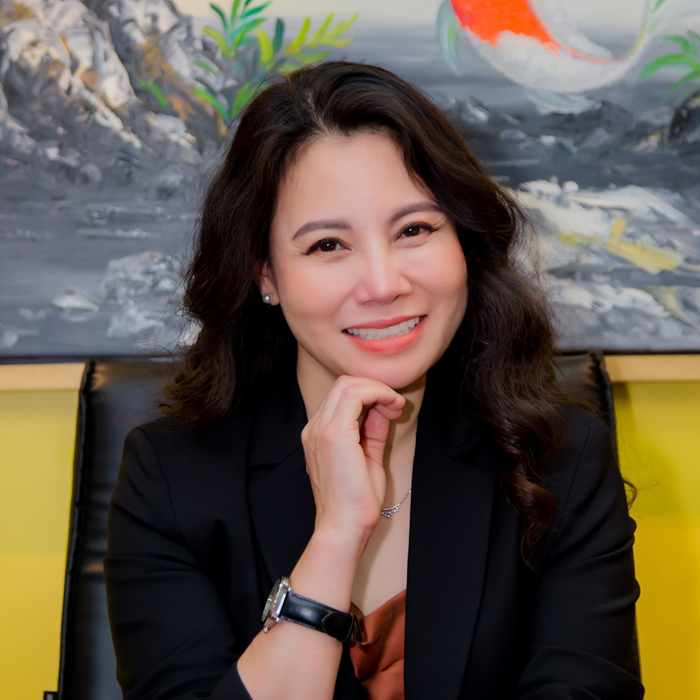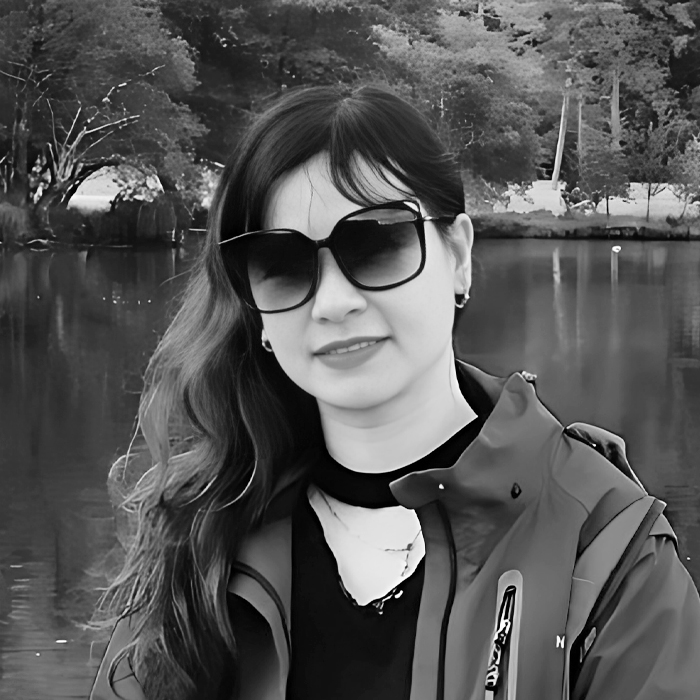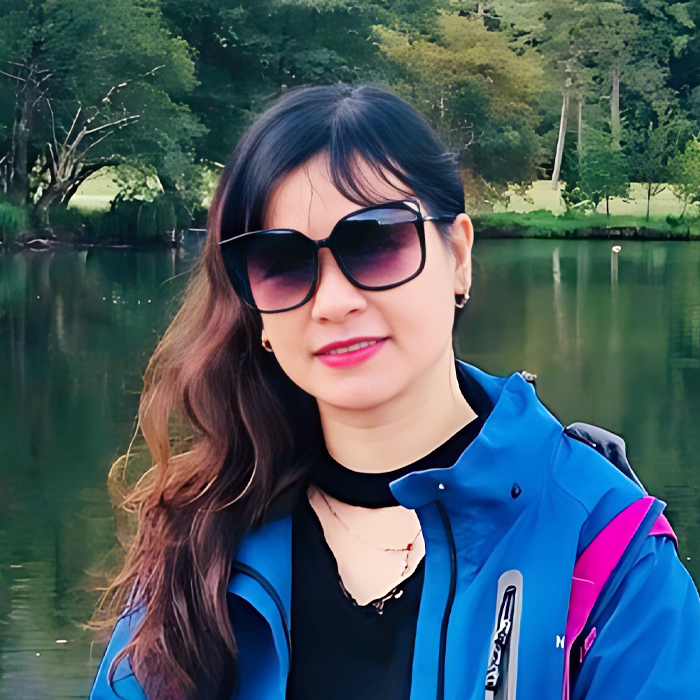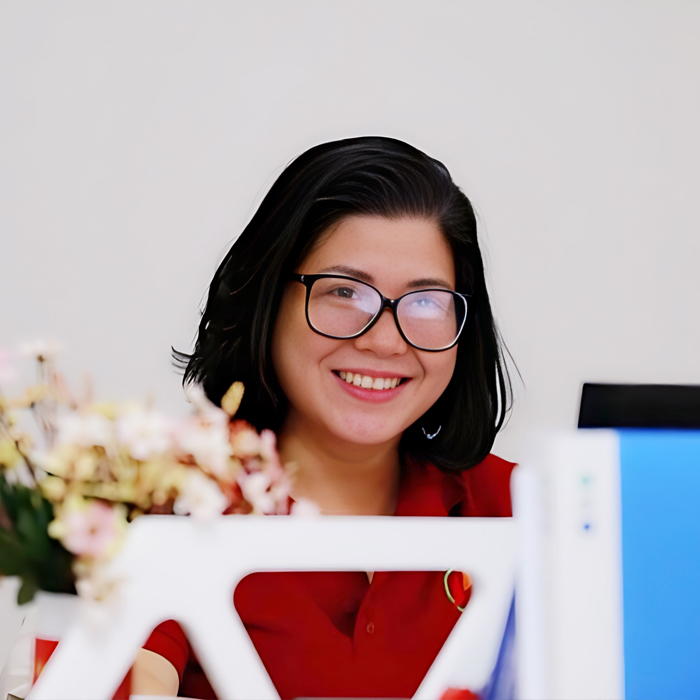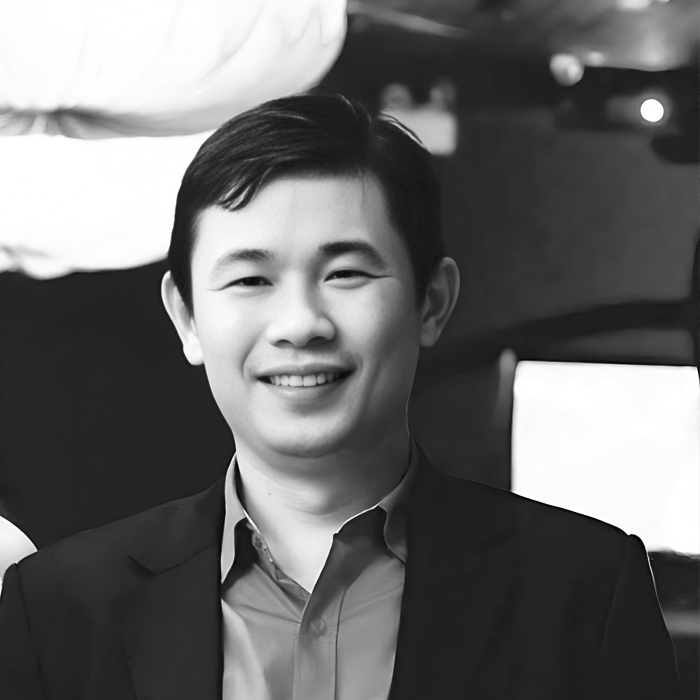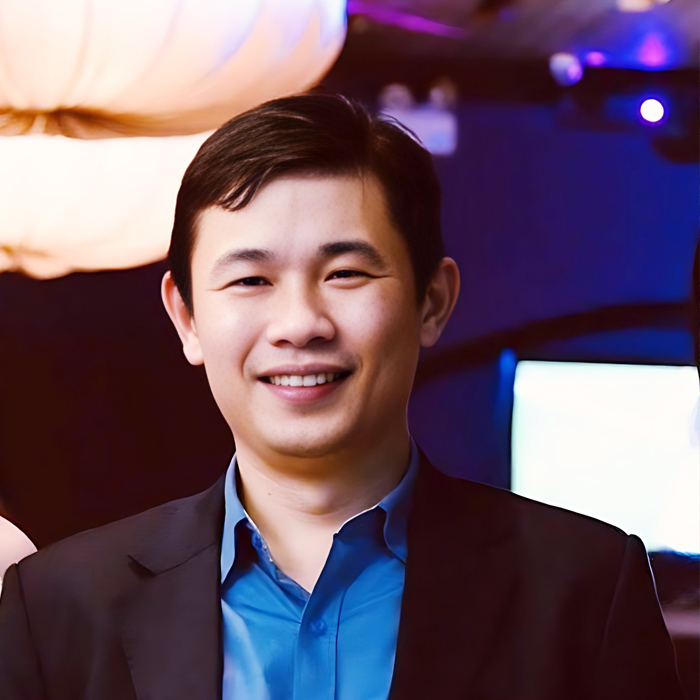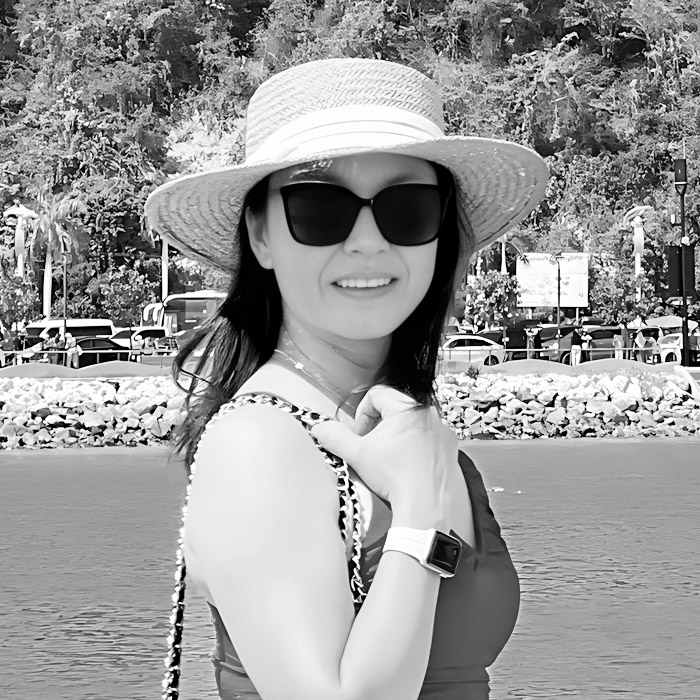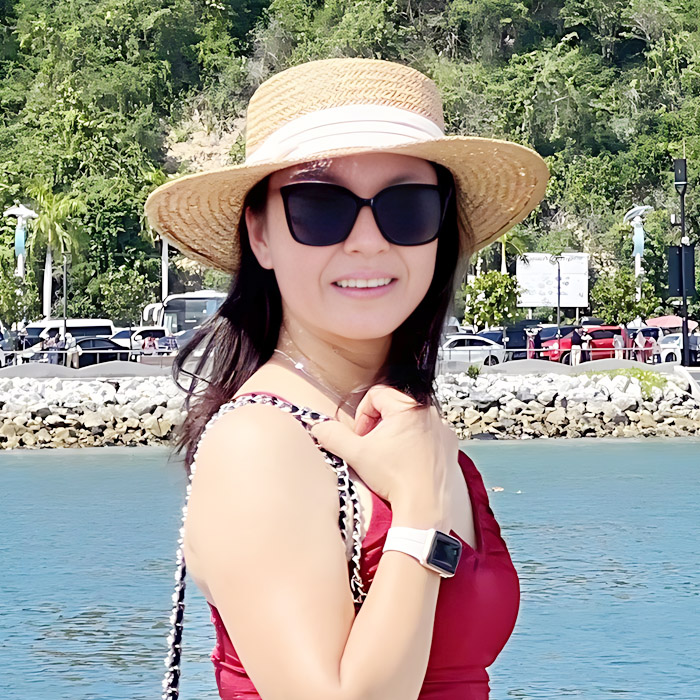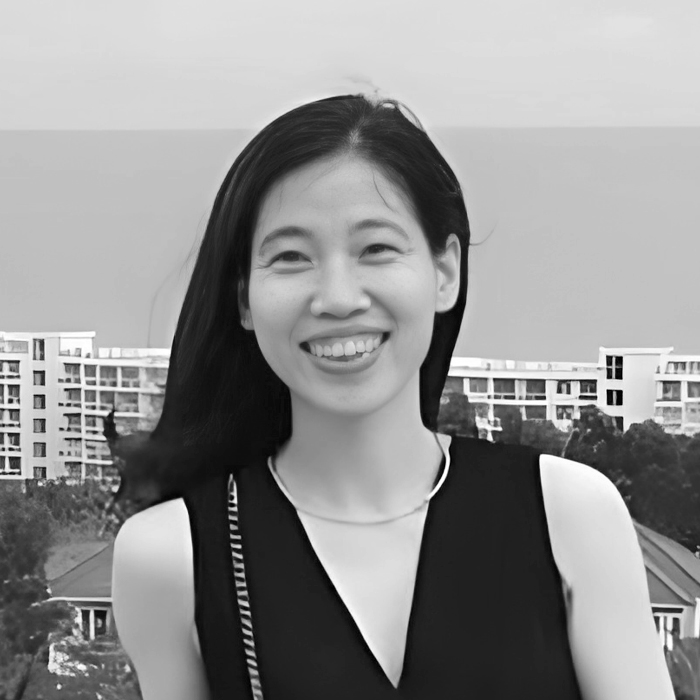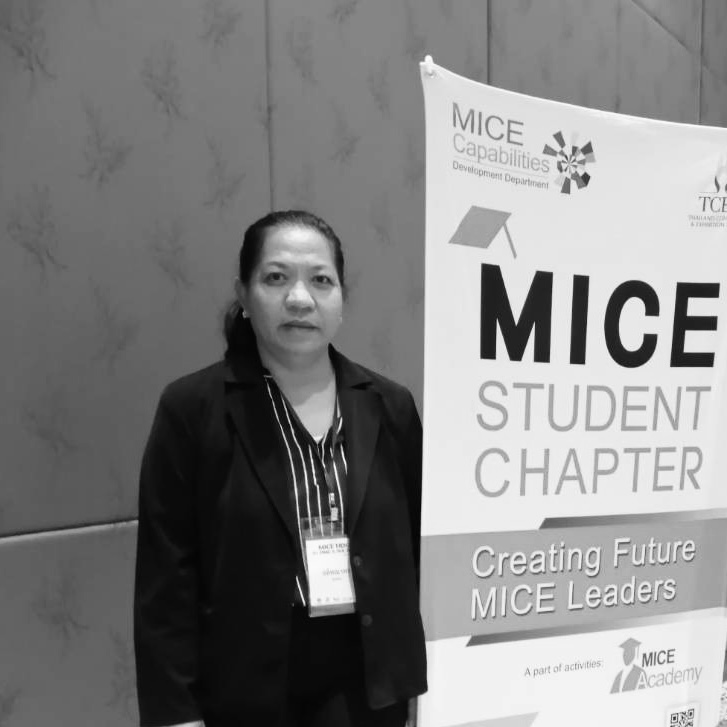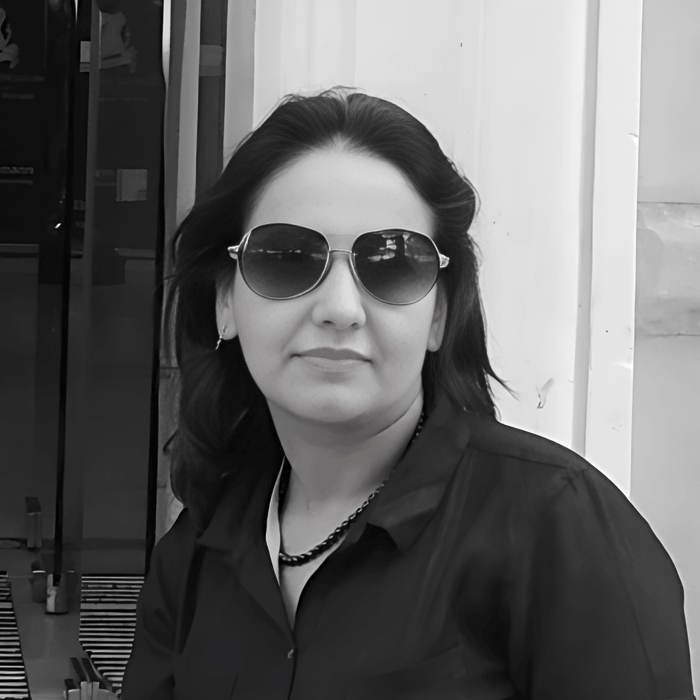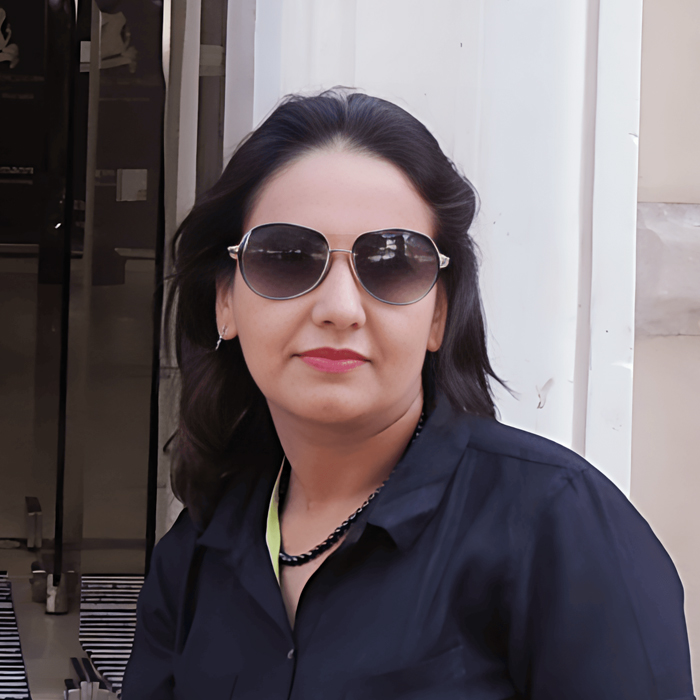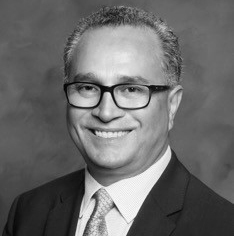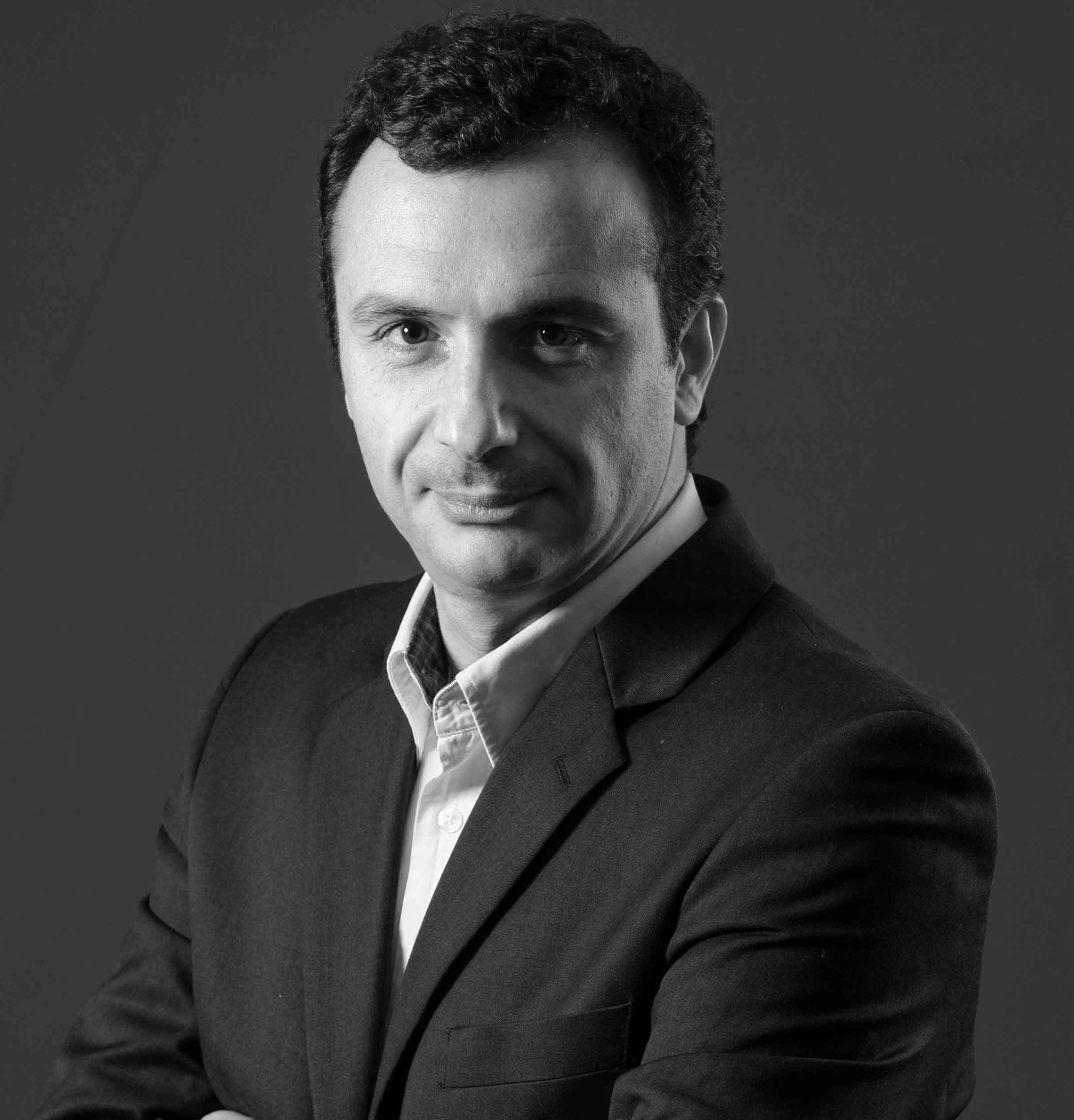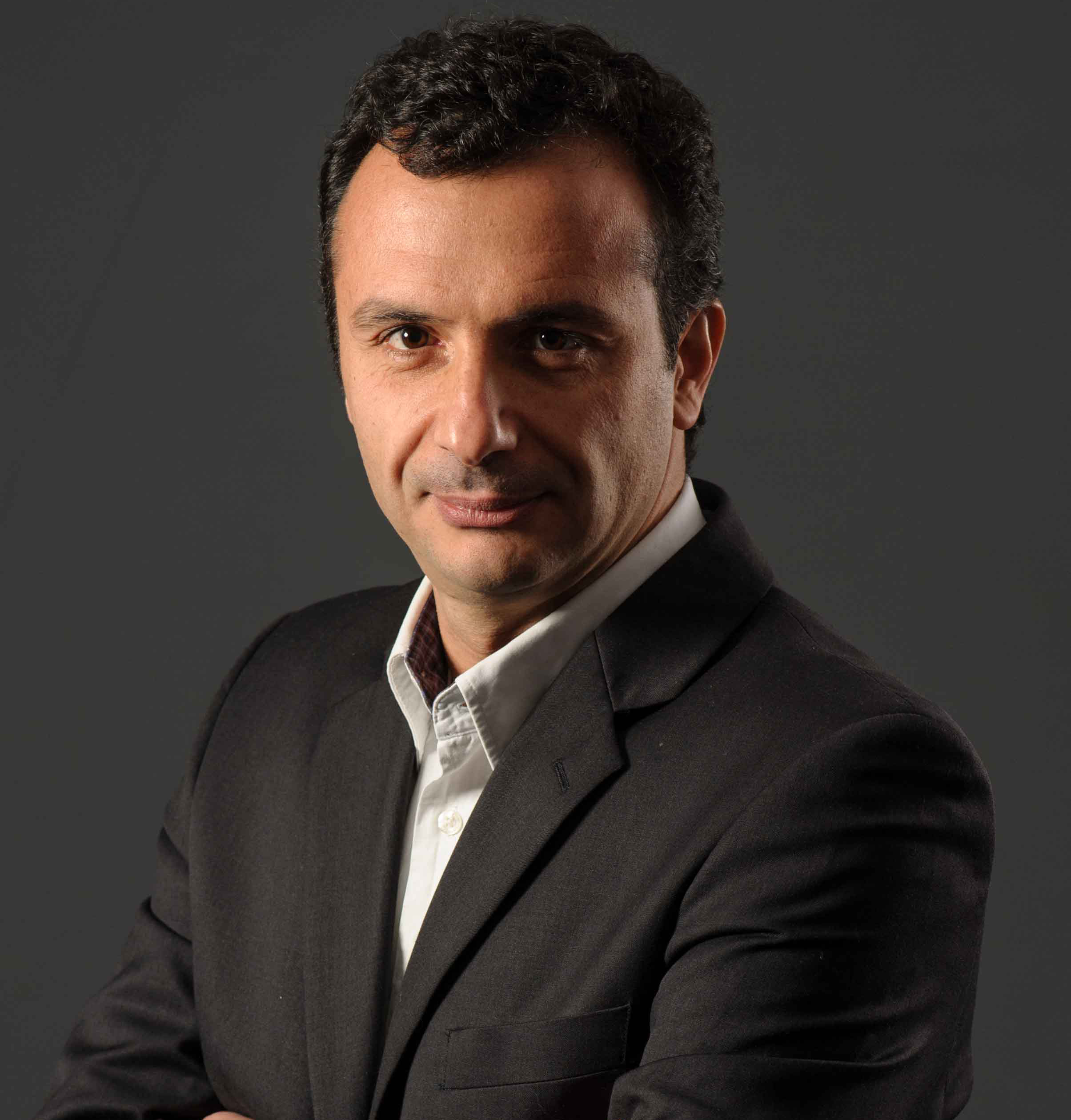Hue Travel Guide
About
Palaces and pagodas, tombs and temples, culture and history make up Hue, a UNESCO World Heritage site. The imperial capital of the Nguyen dynasty still resonates with the glories of Imperial Vietnam, even though many of its finest buildings were destroyed during the war.
Situated on the banks of the picturesque Perfume River, Hue, the capital of Thua Thien Hue province, is around 700 km south of Hanoi, 1,100 km north of Ho Chi Minh City and just a few kilometers from the East Sea. Hue originally came to prominence as the capital of the Nguyen Lords who dominated much of southern Vietnam from the 17th to the 19th centuries. In 1802, Nguyen Anh, later known as Emperor Gia Long successfully put his control over the whole Vietnam and changed the country’s capital from Thang Long (the present-day Hanoi) to Hue. The city remained its title until 1945 when Emperor Bao Dai, the last King of Vietnam, abdicated.
The famous US chef Anthony Bourdain once said: “Hue is, in many ways, a city of ghosts, of memories and spirits.” If you are interested in history and culture of Vietnam, then Hue definitely should be on your top list. The city represents an outstanding demonstration of the power of the last Vietnam feudal empire including a complex of monuments, tombs, and ancient pagodas. Many things in Hue are considered as the standards of Vietnamese beauty. The image of Hue women wearing the traditional Ao dai and conical hat is regarded as the most beautiful in Vietnam. Local people’s pleasing accent also is reputed the most perfect. In brief, travel to Hue is like going back in time to an ancient world, a charm that you may not find in any other regions of Vietnam.
When to visit
Hue features a tropical monsoon climate. In addition, its weather is influenced by Southwest wind flows from Laos, therefore Hue is much hotter than its neighbors such as Da Nang in summer. Hue is divided into town seasons. The hot and dry season lasts March to August, with high temperatures of 35 to 40 °C.
The cool and wet weather starts from September to January, with a flood season from October onwards, the average temperature is between 20 to 30°C. Spring lasts from January to late February.
October to March is the perfect time to visit the city. Try to avoid July and August which is the domestic tourist season and the city overheating in scorching temperatures.
Getting there
Phu Bai Airport is located 15km south of the city center, presently only serves domestic flights from Hanoi and Ho Chi Minh City. The travel time is around 1.5 hours.
Buses from Hanoi or Ho Chi Minh City to Hue are long overnight trips. Ticket can be purchased in tourist area of all three cities. Buses from neighboring cities to the city takes around two or three hours.
Hue is the main stop on the north-south train line between Hanoi and Ho Chi Minh City. The railway station is situated at the end of Le Loi Road, on the south bank of Ben Ngu River.
Vi Da
Located along the Perfume River, Vi Da Village was established 200 years ago. Even today, tourists can see along the two sides of the road to Thuan An those ancient houses, built after the classical architecture. Made up of 3 principal rooms and 2 auxiliary ones at the 2 ends, the roof is covered with "yin & yang" tiles, with its top featuring 2 dragons. In front of the house, there is a court-yard paved with bricks, and a brick screen is accompanied by stone work. Vi Da is also famous for its gardening traditions, with its gardens which blossom all year long throughout the 4 seasons. Some popular sites include the residence of the Prince Tuy Ly Mien Trinh, the Ba La Mat Pagoda, built at the be-ginning of the 19th century, the communal Temple of Vi Da, and the Tu Bi Hi Xa Pagoda.
Imperial Citadel
Most of Hue’s sights and a sizeable chunk of its population reside within the 2m-thick, 10km‑long walls of its Citadel on the north bank of the Perfume River. Built between 1804 and 1833, its ramparts are encircled by a moat, 30m across and about 4m deep, and there are 10 fortified gates. The water in the moat is routed from the Perfume River through a series of sluice gates. This enclosure is the Citadel. Inside the Citadel is the Imperial City, with a perimeter wall some 2.5 kilometers in length. Within the Imperial City is the Purple Forbidden City, a term similar to the Forbidden City in Beijing. Access to the innermost enclosure is restricted to the Nguyen Imperial family
Tombs of Nguyen Kings
The Dynasty of Nguyen in Vietnam consisted of thirteen emperors. Only seven royal tombs remain in Hue nowadays, they are Gia Long, Minh Mang, Thieu Tri, Duc Duc, Dong Khanh and Khai Dinh. The architectural style of these tombs follows rigid regulations relating to natural environment and geographical objects, such as rivers, mountains, ponds and lakes, streams and particularly to what is termed “mysterious palace” – the architectural focal point of all structures built during the Nguyen Dynasty.
Thien Mu Pagoda
Built on a hill overlooking the Perfume River, 4km southwest of the Citadel, Thien Mu Pagoda is considered a symbol of Hue. The Pagoda was originally founded in 1601 by Nguyen Hoang, governor of Thuan Hoa province. Over the centuries, its buildings have been destroyed and rebuilt several times.
Its 21m-high octagonal tower, Thap Phuoc Duyen, was constructed under the reign of Emperor Thieu Tri in 1844. Each of its seven stories is dedicated to a manushi Buddha.
The Pagoda itself is a humble building in the inner courtyard, past the triple-gated entrance where three statues of Buddhist guardians stand at the alert. In the main sanctuary behind the bronze laughing Buddha are three statues: A Di Da, the Buddha of the Past; Thich Ca, the historical Buddha (Sakyamuni); and Di Lac Buddha, the Buddha of the Future.
Perfume River
The Perfume River (Vietnamese: Sông Hương) runs through Hue. Its name comes from the fact that it flows through many forests of aromatic plants be-fore reaching Hue, bringing with it a pure and fresh aroma.
As one of the most popular attractions in this romantic city, a boat excursion or cruise along the river is included in most itineraries to Hue. Along the river, you can visit Da Vien, Phu Xuan, and Truong Tien Bridges, visit the royal tombs of Nguyen Dynasty’s Kings, Hon Chen Shrine, and Thien Mu Pagoda.
Quoc Hoc Hue
Situated on the banks of the Perfume River, it boasts the largest high school campus of Vietnam with many large shady trees, stone benches and French architectural designed buildings.
Dong Ba Market
On the northern bank of Perfume River, this is Hue’s largest market. The market reaches an area of up to 16,000 m2 and is divided into different sections, depending on the types of products. The whole floor upstairs is for garment and clothes. All of the most special cultural gifts and souvenirs of Hue that remain today can be found here, including Non Bai Tho (or Poem conical hats having poems woven into their design). In Dong Ba, people can get most of Hue’s delicious dishes.
Lang Co Beach
Lang Co is an attractive island-like stretch of palm-shaded white sand, with a crystal-clear, turquoise lagoon on one side and 10km of beachfront on the other. As a beach resort, it is more geared to Vietnamese day trippers than Western travelers, but if the weather's nice, the ocean is certainly inviting .High season is April to July. From late August till November rains are frequent, and from December to March it can get chilly.
Bach Ma National Park
Bach Ma National Park features stunning mountain landscape, spectacular waterfall and natural trails. The national park, extended in 2008, stretches from the coast to the Annamite mountain range at the Lao border. More than 1400 species of plants, including many rare ferns and orchids, have been discovered in Bach Ma, representing a fifth of the flora of Vietnam. There are 132 kinds of mammals, three of which were only discovered in the 1990s: the antelope-like saola, Truong Son muntjac and the giant muntjac. Nine species of primates are also present, including small numbers of the rare red-shanked Douc langur. It’s hoped that wild elephants will return from the Lao side of the border.
DMZ
Hue makes a perfect base for day trips to the DMZ which is approximately 70 km north, with many war settings such as Khe Sanh Combat Base, Vinh Moc tunnels or the Rockpile.
The cuisine of Hue which forms the heart of central Vietnamese cuisines has both luxurious and rustic tastes. With such a rich history, Hue’s foods is the combination between taste and aesthetic. It includes some distinctive dishes from small and elegant creations so as to please the appetites of Nguyen royal family. Another thing that makes Hue an amazing culinary center is the traditional foods, which is so distinctive from other regions.
Com hen (rice with clam)
Unique and true to Hue, Com hen consists of rice, boiled mussels, star fruit, fish sauce, cabbage, onion, pepper, roasted peanut and chili in a bowl, all are cold. When eating, people pour hot boiled mussel broth over all the ingredients.
Bun bo Hue
This dish is one of the most typical foods in Hue. A bowl of bun bo includes rice vermicelli and sliced cooked beef and is greatly admired for its unique balance of spices and flavors. The broth is prepared by boiling the beef bones and shank, lemongrass, fermented shrimp sauce and chili oil. It is served with thin slices of marinated and boiled beef shank, chunks of oxtail, pig knuckles, pork rolls, fresh herbs and vegetable such as sliced banana blossom and bean sprouts. The dish is flavored with a little shrimp paste adding directly into the bowl.
Banh khoai
Banh khoai is similar to Banh xeo (sizzling cake) but is served open faced instead of being folded in half. It is made of rice flour, water, and turmeric powder, stuffed with slivers of fatty pork, shrimp, diced green onion and bean sprouts. Banh khoai goes with fermented soy bean sauce. It is considered as a food of winter because of its greasiness and spicy sauce. Therefore, local people often make them when winter comes.
Banh bot loc
A small, clear looking, chewy tapioca dumpling stuffed with shrimp and ground pork and often topped with fried shallots. It is wrapped inside banana leaves, either be steamed or boiled, and served with sweet chili fish sauce. The dish can be eaten as appetizers or a light snack.
Nem lui
Pork meat moulded around sticks of lemongrass and grilled.
Mam tom chua
Hue is the best place for this unique dish. Mam tom chua (sour shrimp sauce) is made from shrimp which are cleaned by salt water and soaked in strong rice wine until its color turns to red. Then put the mixture of shrimp, sticky rice, sliced lesser galangal, garlic and chili into a jar covered by guava leaves. After a week or so, the sour shrimp sauce is ready to use. It is best served with boiled pork and vermicelli.
Recommended tours
until you are totally satisfied with the trip plan.

